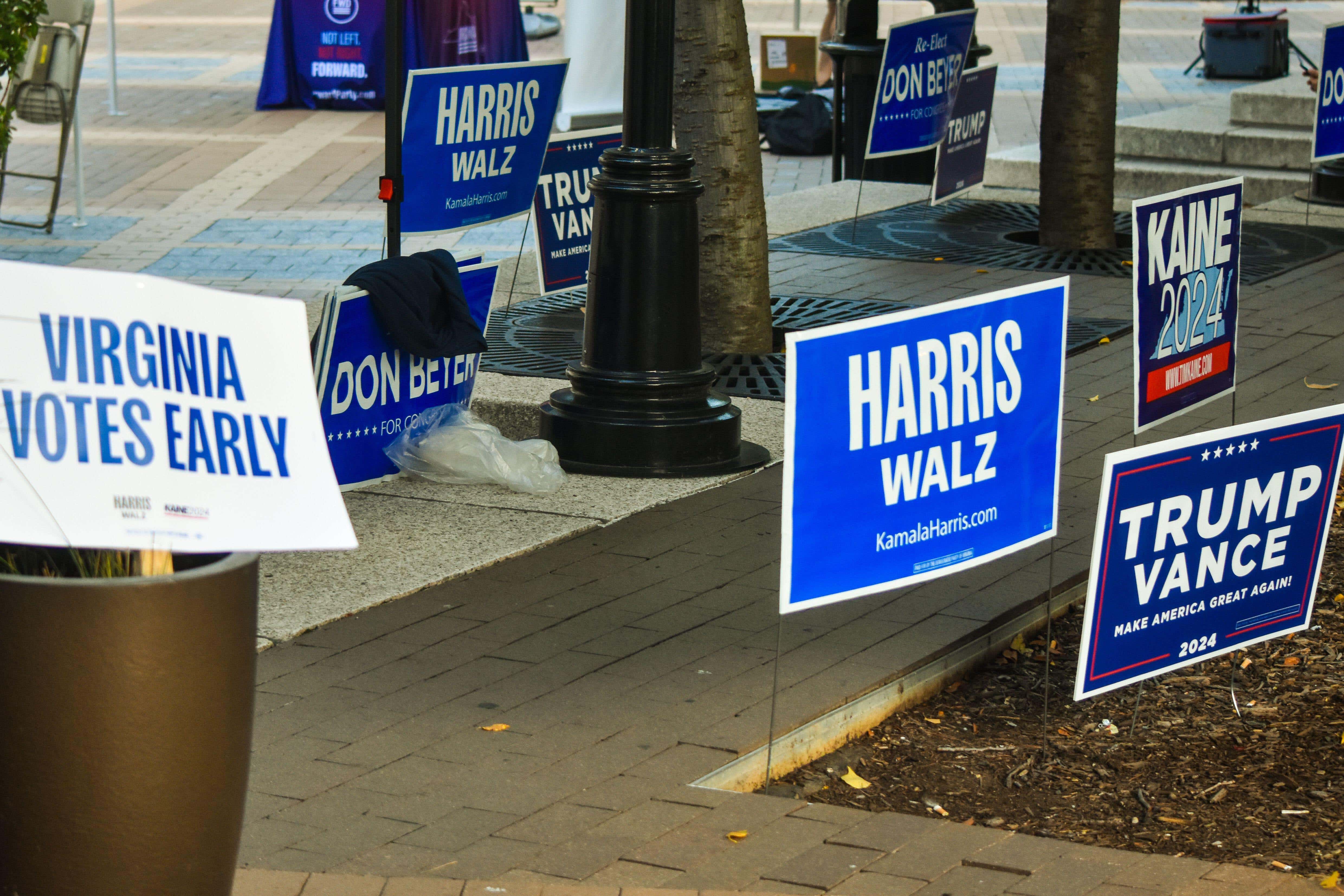Over half of Americans were surprised by Donald Trump’s win in the presidential election — including 43 per cent of Republicans, according to exclusive data.
A poll of 1,941 US adults by Prolific, exclusively for The Independent, found that, following months of predictions on a knife’s edge, Americans on all sides ended up being surprised by the final outcome of the White House race.
Some 54 per cent of people were at least quite surprised by the outcome of the election, with 14 per cent of those “very surprised”. A third were not very surprised, and 16 per cent were not surprised at all.
Andrew Gordon, researcher at Prolific, explained that this surprise correlates to difficulties with polling in a polarized environment.
“The fact that over half of voters, including 43 per cent of Republicans, were surprised by the election outcome likely reflects the growing gap between perception and reality in our media-driven environment,” he said.
“The level of surprise underscores the limitations of polling and media narratives in accurately capturing the public sentiment, especially when polarization is high.”
Among Republicans, whose party saw success in the presidential race, as well as in the House and Senate races, 43 per cent said they were surprised by the outcome while 8 per cent were “very surprised”.
On the other hand, 35 per cent of Republicans were not very surprised that Trump won, and 23 per cent were not at all surprised.
The poll also found that the vast majority of Americans (78 per cent) believe that Trump is more powerful now than in his first term.
This belief transcends party lines; for some, this may be more positive than others, said Gordon.
“The widespread agreement that Trump is more powerful now than in 2016 highlights his transformation to a central figure in American political identity. For the US, Trump’s growing influence may highlight the ever-extending risk polarization and the rise of personality-driven politics,” he told The Independent.
When Trump won in 2016, he took the electoral college but fell short in the popular vote. The Supreme Court was also relatively evenly split between more liberal and conservative judges at the time.
This year’s election gave Trump and Republicans a win in the electoral college, popular vote, House, and Senate. In addition, five out of eight justices on the Supreme Court are considered more conservative, meaning that a Republican agenda may face less friction in the courts.
“For the Republican Party, Trump’s dominance has left no question over its current and future direction, but it may have come at the cost of alienating moderates and traditional conservatives,” said Gordon.
“The focus on Trump-centric politics within the party risks narrowing the party’s appeal and in the long term, the party must decide whether to double down on Trump’s particular brand of politics or embrace a broader, more classical, Republican approach.”
Do you know your neighbor?
In terms of the popular vote, both Trump and Democratic candidate Kamala Harris had a relatively even split.
Just 2.7 million more people voted for Trump than Harris, at 50 per cent and 48.3 per cent respectively.
Despite this fractional difference, the survey found that a majority (55 per cent) of Americans now believe their neighbor voted for Trump; just a third think their neighbor voted for Harris.
There appears to be a dissonance between the two parties, too.
Democrats are only slightly more likely to think that their neighbor voted for Harris (45 per cent) than Trump (41 per cent).
Meanwhile, an overwhelming majority (74 per cent) of Republicans believe that their neighbor also supported Trump, compared to just 17 per cent Harris.
Ultimately, with such a tight race, the likelihood is that every second person voted for Trump or Harris. So why is it that Trump seems the more obvious choice?
There could be several reasons for this.

One possible explanation is that Trump dominated in most rural areas, with large stretches of the electoral map being red.
It may therefore be more likely for Republicans living in those areas to safely assume their neighbors voted for Trump rather than Harris.
Yet while there may be some Harris voters in their midst, silent voting within communities is no new phenomenon, and even at times extends to secret votes within families.
“For Republicans, this could signal a sense of solidarity within communities where Trump’s messaging resonates. Alternatively, it could indicate an overestimation of Trump’s support due to the boldness and visibility of his base,” suggested Gordon.
“It may also hint at a certain level of social desirability bias, where people feel more comfortable attributing conservative leanings to others than admitting them themselves.”
By the same token, it may be harder to see why so many Democrats think their neighbor voted for Trump. But that can also be partially explained by geography.
Typically, Democrats perform better in many cities across the US.
This year, however, Trump made significant gains in several cities, not least flipping Miami-Dade County for the first time in nearly four decades.
Even in the blue cities of New York and Chicago, Trump made astonishing inroads in what were considered safe Democrat areas.
This transition could also mean that Democrats residing in cities are more uncertain of how their neighbors voted.







